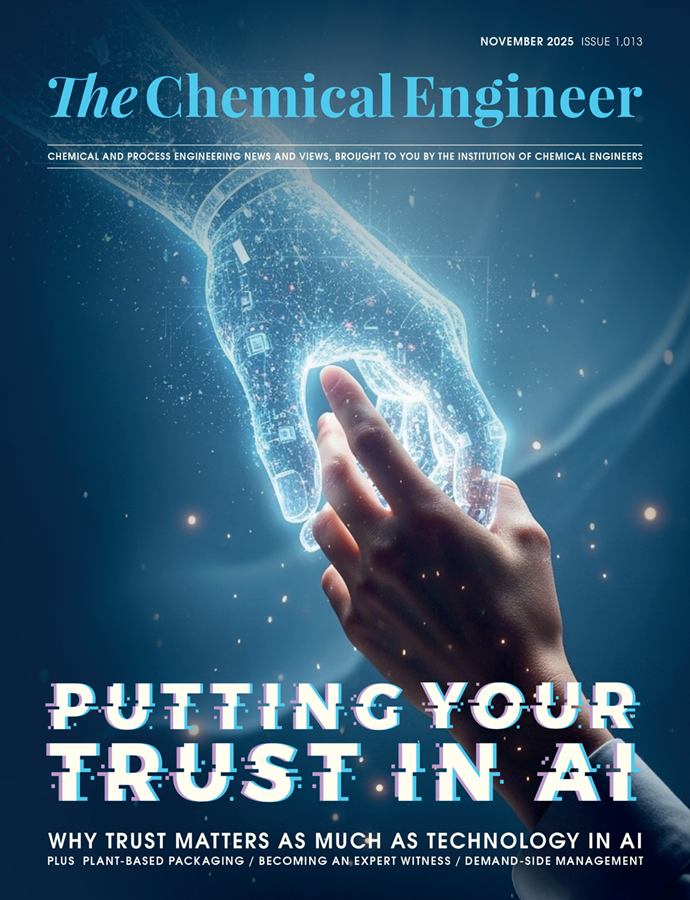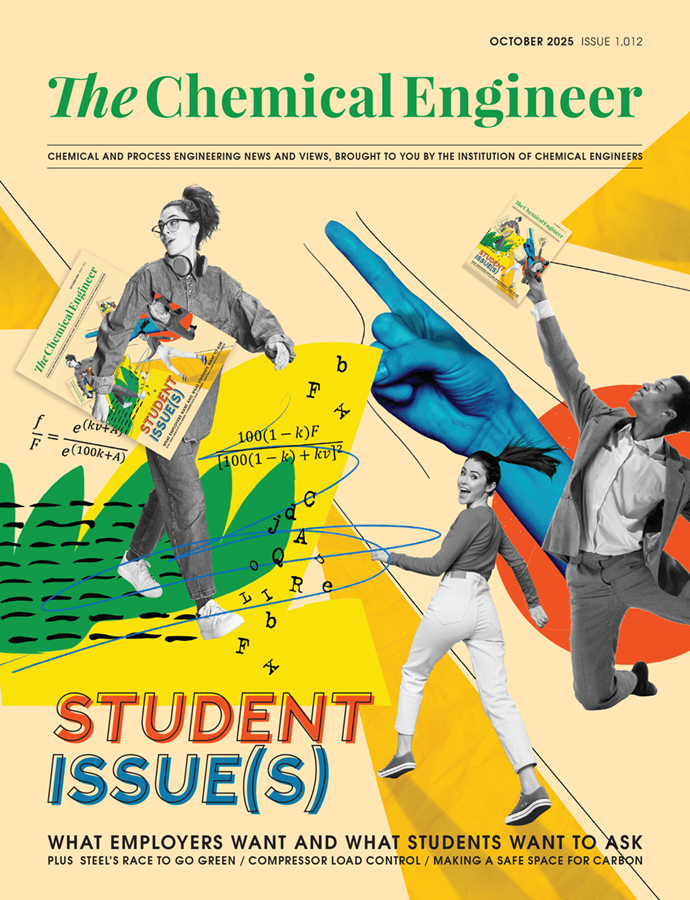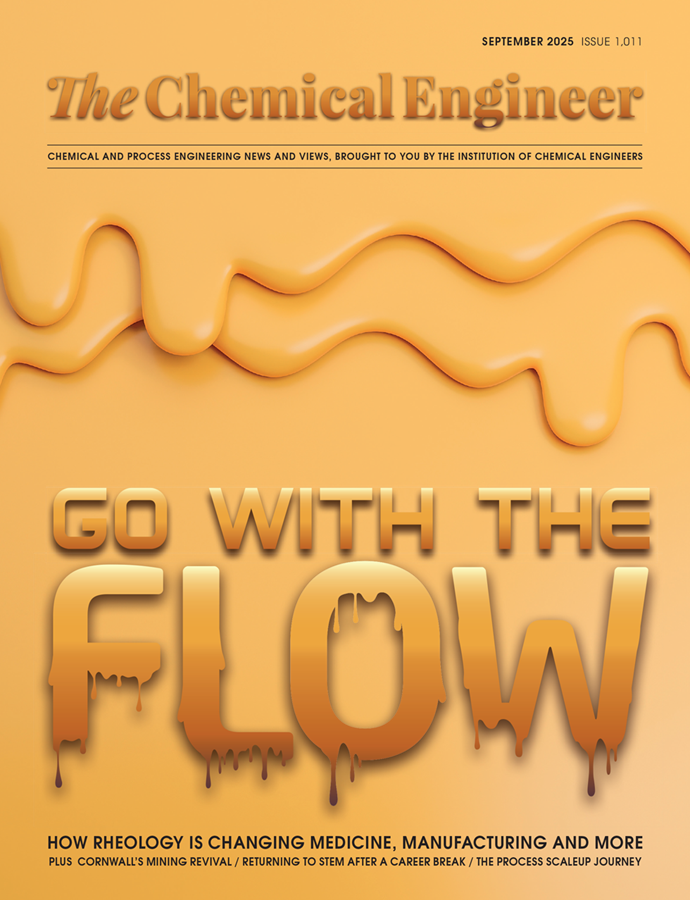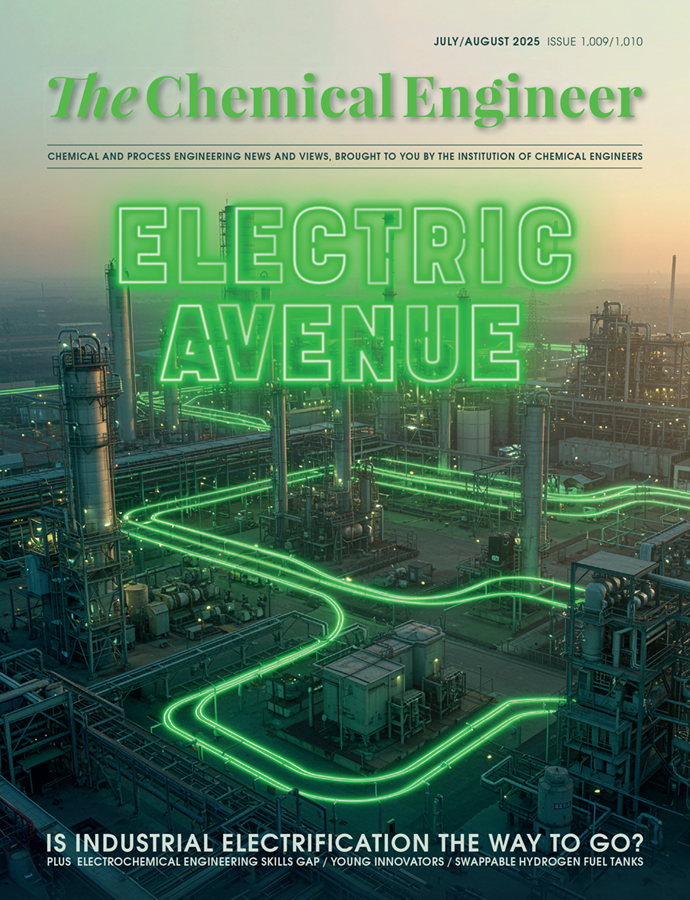Leaf it out! Chemical engineers develop bioplastic that breaks down in soil

US CHEMICAL engineers inspired by leaves have created a form of bioplastic packaging that degrades in the environment in ambient conditions.
Plastic packaging is a staple of modern life – it helps keep food fresh for longer and is lighter than many alternatives, reducing transport costs. Yet, too much of this single-use packaging is lost as litter to the environment, where plastic bottles and wrappers fragment into microplastics that end up polluting the environment and our bodies.
There are alternatives that can biodegrade without producing persistent microplastics such as the bioplastic polylactic acid (PLA). However, it won’t break down in the soil or the sea where packaging pollution is prevalent, requiring industrial composting conditions instead.
Now researchers at Washington University in St Louis, US, inspired by the cellulose-rich cell walls of plants, have added cellulose nanofibres to create a form of PLA that breaks down in soil in five weeks.
“We created this multilayer structure where cellulose is in the middle and the bioplastics are on two sides,” said Joshua Yuan, professor of energy, environmental and chemical engineering at the university.
Publishing their results in Nature Communications, the team said the technique makes the resulting film highly transparent and water stable, and achieves high gas barrier properties to improve food shelf life and reduce waste.
“On top of all of this, the [composite’s] underlying cellulose structure gives it a higher tensile strength than even petrochemical plastics like polyethylene and polypropylene,” says study author Puneet Dhatt.
The team is now looking for funding to help develop the technology for industrial use. While concerned the US lags behind European and Asian research institutions working on similar technologies, they believe they can compete by tapping into the country’s vast farming sector to supply the corn and starch feedstocks needed for bioplastic building blocks like lactic acid.
“The US is particularly strong in agriculture,” Yuan said. “We can provide the feedstock for bioplastic production at a lower price compared to other parts of the world.
“The United States has a waste problem, and circular reuse could go a long way to turning that waste into useful materials. If we can ramp up our bioplastic supply chain, it would create jobs and new markets.”
Recent Editions
Catch up on the latest news, views and jobs from The Chemical Engineer. Below are the four latest issues. View a wider selection of the archive from within the Magazine section of this site.




